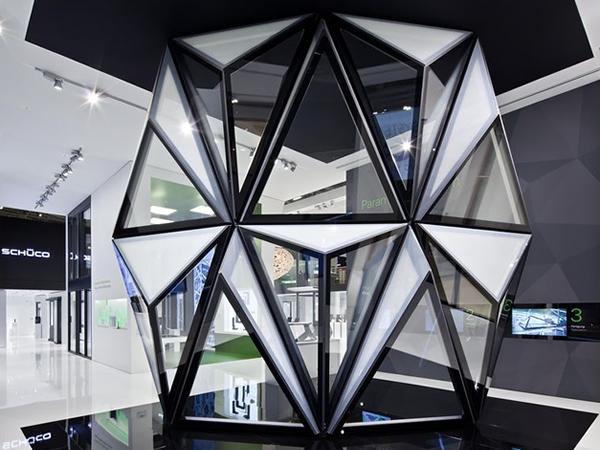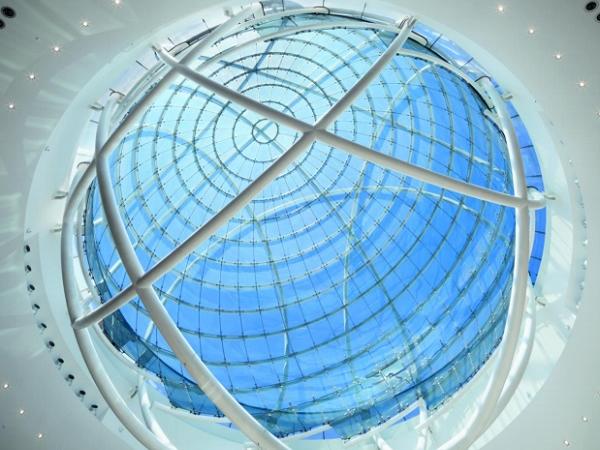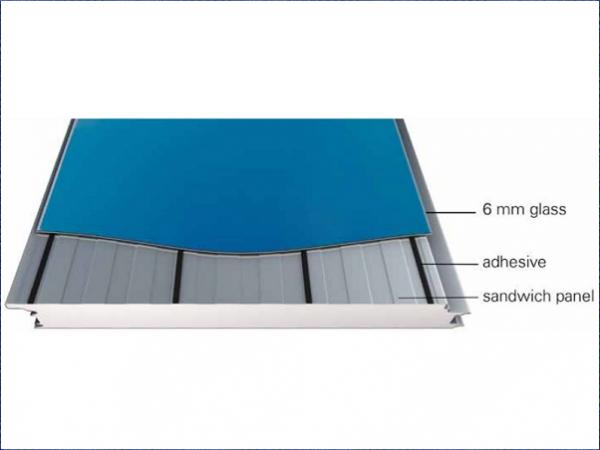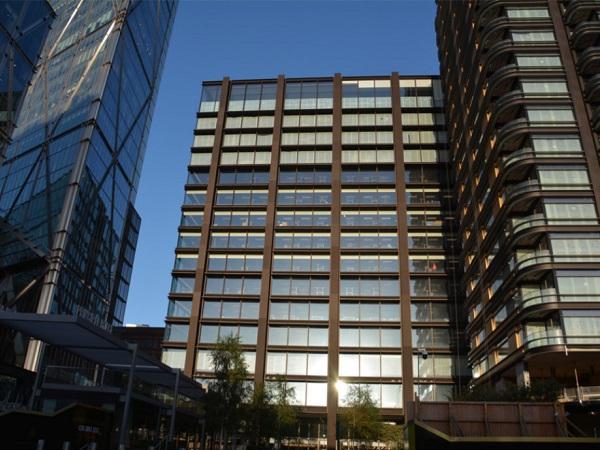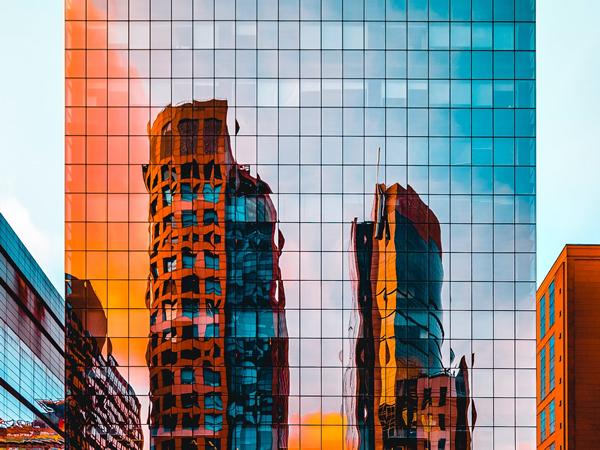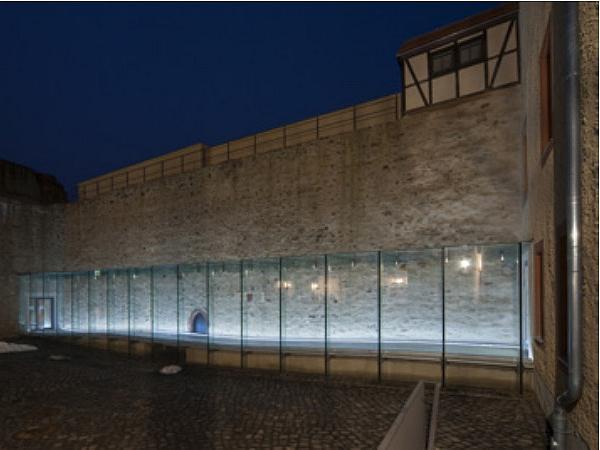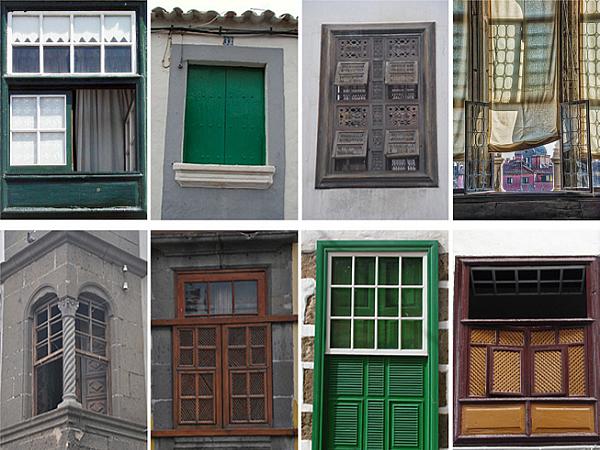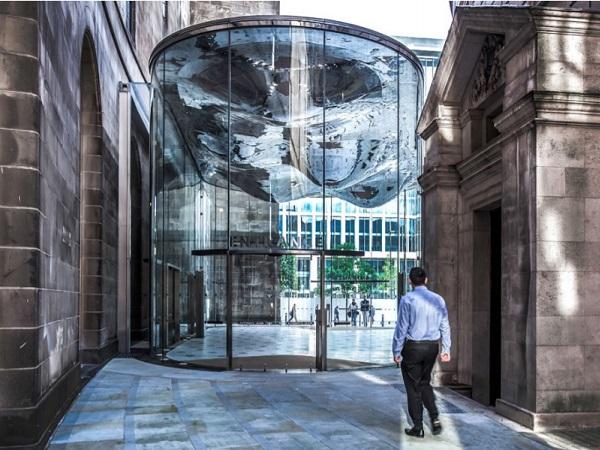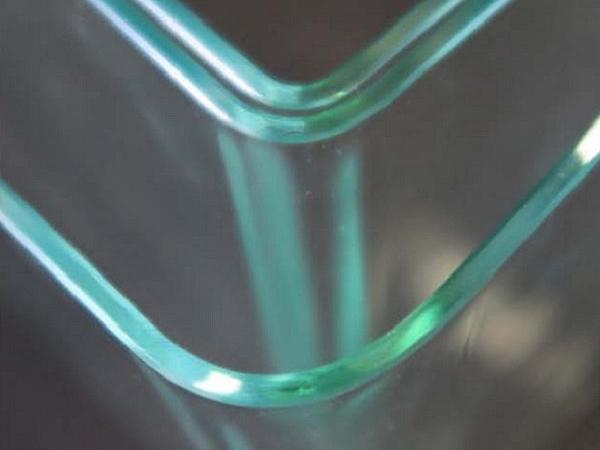Others also read
| For over two decades and following a century of efficient, functional and often orthogonal architecture, we are experiencing the extensive search for ever more complex building geometries and expressive architectural forms.
| Use of cold-bent and warped glass units in unitized curtain walling has been getting a state-of-the-art application for the last years.
| A Growing Market to Meet Present and Future Challenges
| As a modern society, we’re spending about 90% of our time indoors – at home, in offices or commuting. How is it possible to get access to daylight, when we can’t naturally be outside? By making buildings more transparent.
| The paper will provide an overview of the currently applied engineering approach in the industry for curved hot bent glass in the absence of standards and codes.
| Glass-Sandwich-Facades are not conceived with new materials but are a new and innovative combination of proven components and technology – glass, structural adhesive, sandwich panels and window systems.
| The paper discusses some essential findings of two recent research studies on the durability and service life of structural silicone glazing sealants and structures.
| Glass panes adhesively-bonded to structural profiles allow for the design of stiff, robust and transparent sandwich structures.
| The refurbishment of Hall access involves the complete demolition of existing access for the construction of a new lobby with greater transparency. To get this new image, the architect choose a solution in structural glass, without other structure.
| In the last decade there has been a trend in Architecture to design façades in which all structural elements are made of glass. This trend has also extended to other parts of the building such as rooflights, staircases, etc.
| 111 Main presented a unique challenge of façade design.
| This paper aims to answer a simple and elemental question: how do we qualify and quantify thermal comfort in highly glazed spaces with diverse occupants’ use and expectation?
| The use of renewable energies will play a role at “glasstec 2020” as well as at its special show “glass technology live” held in Düsseldorf from 20 to 23 October 2020.
| The combination of the double-skin concept with unitized systems made current typologies of double glazed units possible.
| The need for higher transparency in façades has led to the development of jumbosized glass. Until now, the almost jointless appearance of large-scale glazing could only be reached with laminated safety glass.
| Façades play an important role in the control of energy flow and energy consumption in buildings.
| Numerous innovations have been seen in the last decades concerning new façade technologies. These were driven by new materials or new applications of known materials, such as glued-on wall structures (structural glazing) in the 60’s and 70’s.
| It is estimated that 100 million to 1 billion birds a year perish due to collisions with glass.(1-2) In North America, some communities have enacted legislation aimed at protecting birds by calling for the design and installation of birdsafe glazing.
| Glass distortions may cause objects to appear irregular and out of focus when observed through a distorted glass panel.
| Adhesive bonding is an efficient joining process with great potential for materialefficient constructions. Today, the technology is already applied in almost all branches of industry.
| Modern architecture continues to produce ever more attractive and higher quality façade constructions.
| Windows have always been at the intersection of various technologies and architectural processes that evolved in parallel and often intertwined.
| The New Hype in Top End Architecture – an Examination of Latest Product Developments and Projects
| Three-dimensional formed glass products, manufactured from flat glass, are experiencing rapidly growing demand.

